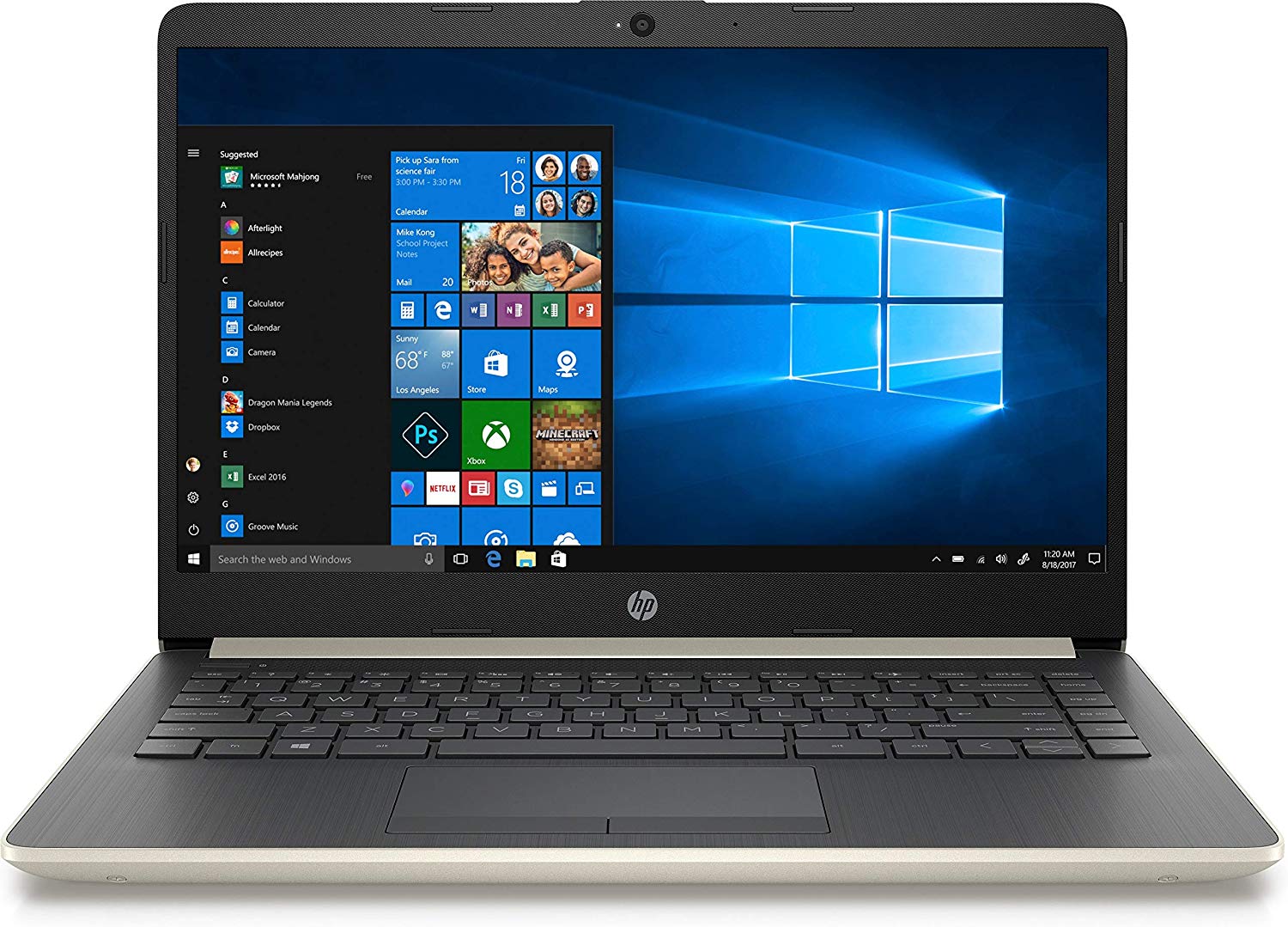'How do you wipe an SSD drive' is a common internet search these days, ranking alongside queries such as 'How do you erase a hard drive?', 'How do I wipe my hard drive clean without a disk?', and 'How do you scan your hard drive for viruses?'
- Windows 10 Secure Erase Ssd
- How To Erase An Ssd Drive 2tb
- How To Securely Erase An Ssd Drive Cnet
- Ssd Drive Erase Tool
To delete partitions in Windows using Disk Management: Ensure the SSD is connected and is not the boot drive In Windows 7, right-click Computer and select Manage to enter Computer Management. Under Storage, select Disk Management. Please be certain that you are erasing the correct disk. From the diskpart prompt you will need to select a disk disk number (for instance, if the 3TB+ drive is Disk 1, you would type select disk 1) and press Enter. Warning: Diskpart Erase/Clean will permanently erase/destroy all data on the selected drive.
NAND-based flash storage is increasingly becoming popular due to the superior benefits it offers over magnetic discs, but how do you wipe an SSD drive at the end of its life cycle?
For all their benefits, SSDs can present some unusual problems when it comes to securely sanitize them at the time of decommissioning. To begin with, none of the proven and widely used hard drive data wiping techniques are effective on SDDs. This makes the process of securely wiping an SSD is a whole new ball game.
Before we highlight a couple of trusted and secure techniques for wiping SSDs, it's important to understand a few unique characteristics of SSD data storage and why they present sanitization issues.
Unique Characteristics of SSDs
Windows 10 Secure Erase Ssd
One of the biggest advantages of NAND flash storage is the ability to retain data without being powered up (hence the reference non-volatile memory). However, this benefit comes at the cost of a limited lifetime. In other words, NAND flash memory can be written to only a finite number of times because it wears out over time. What's more, the flash wears out unevenly, causing some parts to wear out faster than others.
To circumvent this problem, SSDs employ wear-leveling algorithms to try to prolong their lifespan. The SSD continually moves data across the drive to ensure that the different areas of the flash chip wear out uniformly.
As such, using traditional wiping techniques to overwrite a specific block over countless times doesn't necessarily work here because the SSD writes all fresh incoming data to different blocks spread across the drive. Employing hard drive wiping techniques on SSDs may, in fact, harm them.
Secure Methods For Wiping SSDs
Built-in Purge Functionality
A number of SSDs now come with built-in purge functionality. Basically, the purge feature restores the drive's original state as at the time of manufacture, essentially wiping all the data. If your solid-state drives hold non-sensitive data, the built-in purge functionality is a sufficient method of wiping the drive. Otherwise – when wondering how do you wipe an SSD drive – you might want to try another foolproof method.
Overwrite Techniques
In classic hard drive disposition, one of the most commonly used wiping techniques is repeated overwrite. In this technique, a special program is used to overwrite parts of the drive (or the entire drive) with a series of patterns repeatedly.
Overwrite techniques can also be used to wipe SSDs through the use of IO commands to overwrite every individual block on the drive. That being said, this wiping method gives poor results in SSDs so it should not be solely relied on.


Physical Shredding
Shredding is a technique that's highly relied on for complete hard drive data destruction. However, for SSDs, a typical hard drive shredder may not be sufficient to totally wipe the data from existence. Integrated circuit (IC) chips on SSDs can remain intact after shredding, which means the data they hold can still be recovered.
Cryptographic Erasure
Most SSDs encrypt data by default as a security measure. As such, one technique to sanitize the drive is to alter the encryption and decryption key used on the data. However, if not properly implemented, the data on the drive remains vulnerable. It may also not be possible to verify whether the drive has been wiped.
So How Do You Wipe An SSD Drive?
As data protection laws get increasingly tighter, secure disposal of data is now more critical than ever before. The best way to ensure compliance and eliminate any risks is by entrusting a professional data destruction service with your SSD destruction needs.
How To Erase An Ssd Drive 2tb
When you have sensitive data held on decommissioned SSDs and you're wondering how do you wipe an SSD drive, you need a proven and trusted SSD erasure solution that only a proven professional service can guarantee.
How To Securely Erase An Ssd Drive Cnet
Have you ever tried wiping an SSD drive yourself? How did it turn out? Let us know in the comments below.
